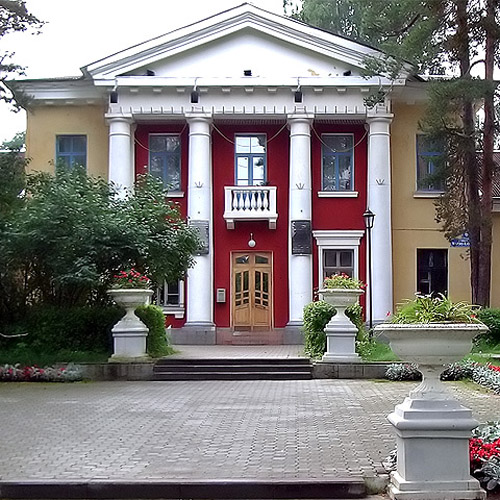Nihonium
113
Nh
Grupa
13
Okres
7
Blok
p
Protony
Elektrony
Neutrony
113
113
173
Ogólne właściwości
Liczba atomowa
113
Masa atomowa
[286]
Liczba masowa
286
Kategoria
Metale bloku p
Kolor
Nie dotyczy
Radioaktywny
Tak
The name comes from the common Japanese name for Japan
Układ krystalograficzny
Nie dotyczy
Historia
Nihonium was identified in 2003 as an alpha decay product of element 115, moscovium by a team composed of Russian scientists at Joint Institute for Nuclear Research, Dubna and American scientists at the Lawrence Livermore National Laboratory.
The Dubna-Livermore collaboration has strengthened their claim for the discovery of nihonium by conducting chemical experiments on the final decay product 268Db.
The Dubna-Livermore collaboration has strengthened their claim for the discovery of nihonium by conducting chemical experiments on the final decay product 268Db.
Elektrony na poszczególnych powłokach
2, 8, 18, 32, 32, 18, 3
Konfiguracja elektronowa
[Rn] 5f14 6d10 7s2 7p1
Nihonium is historically known as eka-thallium
Właściwości fizyczne
Stan skupienia
Ciało stałe
Gęstość
16 g/cm3
Temperatura topnienia
703,15 K | 430 °C | 806 °F
Temperatura wrzenia
1373,15 K | 1100 °C | 2012 °F
Ciepło topnienia
Nie dotyczy kJ/mol
Ciepło parowania
Nie dotyczy kJ/mol
Ciepło właściwe
- J/g·K
Ilość w skorupie Ziemi
Nie dotyczy
Ilość we Wszechświecie
Nie dotyczy

Opis Obrazu: Wikimedia Commons (Hrustov)
Pierwiastek został odkryty w Zjednoczonym Instytucie Badań Jądrowych w Dubnej, Rosja
Numer CAS
54084-70-7
Numer CID PubChem
Nie dotyczy
Właściwości atomowe
Promień atomowy
-
Promień walencyjny
136 pm
Elektroujemność
-
Energia jonizacji
-
Objętość molowa
-
Przewodność cieplna
-
Stopnie utlenienia
1, 3, 5
Zastosowania
Nihonium is used for scientific research purposes only.
Nihonium is harmful due to its radioactivity
Izotopy
Stabilne izotopy
-Niestabilne izotopy
278Nh, 282Nh, 283Nh, 284Nh, 285Nh, 286Nh, 287Nh